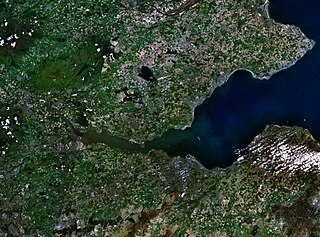
Robert Henryson was a poet who flourished in Scotland in the period c. 1460–1500. Counted among the Scots makars, he lived in the royal burgh of Dunfermline and is a distinctive voice in the Northern Renaissance at a time when the culture was on a cusp between medieval and renaissance sensibilities. Little is known of his life, but evidence suggests that he was a teacher who had training in law and the humanities, that he had a connection with Dunfermline Abbey and that he may also have been associated for a period with Glasgow University. His poetry was composed in Middle Scots at a time when this was the state language. His writing consists mainly of narrative works. His surviving body of work amounts to almost 5000 lines.

(James) Hamish Scott Henderson was a Scottish poet, songwriter, communist, intellectual and soldier. He was a catalyst for the folk revival in Scotland. He was also an accomplished folk song collector and discovered such notable performers as Jeannie Robertson, Flora MacNeil and Calum Johnston. Born in Blairgowrie, Perthshire on the first Armistice Day 11 November 1919, to a single mother, Janet Henderson, a Queen's Nurse who had served in France, and was then working in the war hospital at Blair Castle. His name was recorded at registration as James but he preferred the Scots form Hamish.
William Tennant was a Scottish scholar and poet.
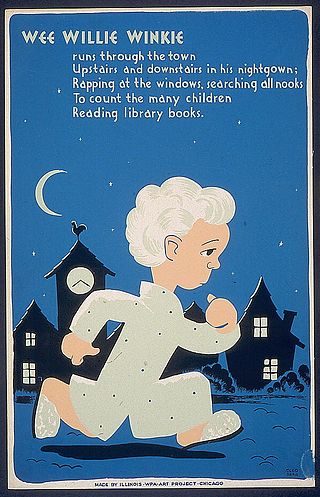
"Wee Willie Winkie" is a Scottish nursery rhyme whose titular figure has become popular as a personification of sleep. It has a Roud Folk Song Index number of 13711.
Professor Duncan Munro Glen was a Scottish poet, literary editor and Emeritus Professor of Visual Communication at Nottingham Trent University. He became known with his first full-length book, Hugh MacDiarmid and the Scottish Renaissance. His many verse collections included from Kythings and other poems (1969), In Appearances (1971), Realities Poems (1980), Selected Poems 1965–1990 (1991), Selected New Poems 1987–1996 (1998) and Collected Poems 1965–2005 (2006). His Autobiography of a Poet appeared with Ramsay Head Press in 1986. He edited Akros magazine for 51 numbers from August 1965 to October 1983. His work to promote Scottish poets and artists included Hugh MacDiarmid and Ian Hamilton Finlay, among others. Some of his poetry was translated into Italian.
Joe Corrie was a Scottish miner, poet and playwright best known for his radical, working class plays.
Nationality words link to articles with information on the nation's poetry or literature.
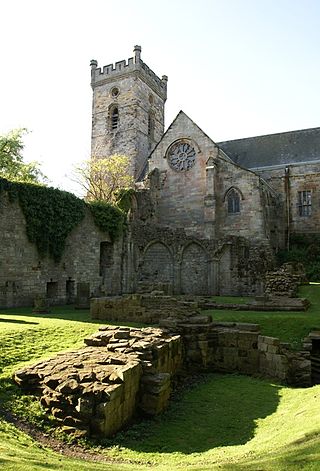
Elizabeth Melville, Lady Culross (c.1578–c.1640) was a Scottish poet.
Tom Scott was a Scottish poet, editor, and prose writer. His writing is closely tied to the New Apocalypse, the New Romantics, and the Scottish Renaissance.
Tom Hubbard was the first librarian of the Scottish Poetry Library and is the author, editor or co-editor of over thirty academic and literary works.
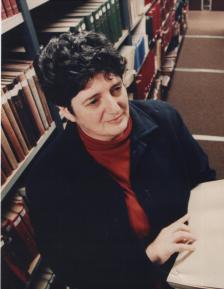
Sheena Blackhall is a Scottish poet, novelist, short story writer, illustrator, traditional story teller and singer. Author of over 180 poetry pamphlets, 15 short story collections, 4 novels and 2 televised plays for children, The Nicht Bus and The Broken Hert. Along with Les Wheeler, she co-edits the Doric resource Elphinstone Kist, and has worked on the Aberdeen Reading Bus, as a storyteller and writer, also sitting on the editorial board for their children's publications in Doric, promoting Scots culture and language in the North East. In 2018 Aberdeen University awarded her the degree of Master of the University. In 2021 she was appointed SPL’s poetry ambassador for the Scots language.
Brian Holton is the translator of Chinese "Misty" poet Yang Lian. He translates into English and Scots, and is the only currently-publishing Chinese-Scots translator in the world.

Kinnesswood, possibly from the Scottish Gaelic: Ceann eas ciad is a village in Perth and Kinross, Scotland, and is in the historic county of Kinross-shire. It lies to the east of Loch Leven, on the A911 road, below Bishop Hill in the Lomond Hills. It is approximately 4 miles west of Glenrothes and 4 miles east of Kinross.
David Rorie, DSO, MDCM, DPH was a medical doctor, folklorist and poet writing in his native language, Scots. As a poet he is known chiefly for his authorship of the well-known song, 'The Lum Hat wantin' the Croon', and a volume of collected poems which appeared under that title in 1935.

Poetry of Scotland includes all forms of verse written in Brythonic, Latin, Scottish Gaelic, Scots, French, English and Esperanto and any language in which poetry has been written within the boundaries of modern Scotland, or by Scottish people.

Scots-language literature is literature, including poetry, prose and drama, written in the Scots language in its many forms and derivatives. Middle Scots became the dominant language of Scotland in the late Middle Ages. The first surviving major text in Scots literature is John Barbour's Brus (1375). Some ballads may date back to the thirteenth century, but were not recorded until the eighteenth century. In the early fifteenth century Scots historical works included Andrew of Wyntoun's verse Orygynale Cronykil of Scotland and Blind Harry's The Wallace. Much Middle Scots literature was produced by makars, poets with links to the royal court, which included James I, who wrote the extended poem The Kingis Quair. Writers such as William Dunbar, Robert Henryson, Walter Kennedy and Gavin Douglas have been seen as creating a golden age in Scottish poetry. In the late fifteenth century, Scots prose also began to develop as a genre. The first complete surviving work is John Ireland's The Meroure of Wyssdome (1490). There were also prose translations of French books of chivalry that survive from the 1450s. The landmark work in the reign of James IV was Gavin Douglas's version of Virgil's Aeneid.

Raith, as an area of Fife, once stretched from the lands of Little Raith, south of Loch Gelly, as far as Kirkcaldy and the Battle of Raith was once theorised to have been fought here in 596 AD. Raith Hill, west of Auchtertool and immediately to the east of the Mossmorran fractionation plant, may also be in reference to this wider area or may refer to an actual fort on this hill, distinct to the one naming the area.

Marcas Mac an Tuairneir is an English writer and singer. He writes and publishes in Scottish Gaelic, English and Polari.
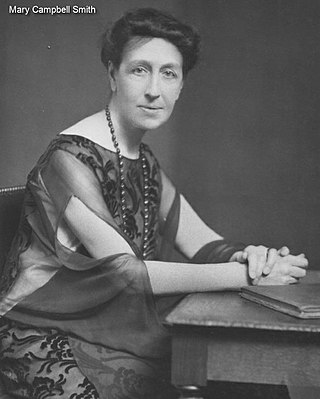
The Boy in the Train is a poem written in Scots, by Mary Campbell (Edgar) Smith (1869–1960), first published in 1913. It is featured in many anthologies of Scottish verse, texts related to railway history, and is routinely quoted when discussing linoleum, and the history of the Scottish town Kirkcaldy. It is a popular poem in Scottish culture, often being a children's party piece, and "recited by generations of primary school children". The crime-writer Val McDermid, who was born in Kirkcaldy, has said "As school kids we all had to learn The Boy in the Train".
"Man Was Made to Mourn: A Dirge" is a dirge of eleven stanzas by the Scots poet Robert Burns, first published in 1784 and included in the first edition of Poems, Chiefly in the Scottish Dialect in 1786. The poem is one of Burns's many early works that criticize class inequalities. It is known for its line protesting "Man's inhumanity to man", which has been widely quoted since its publication.









